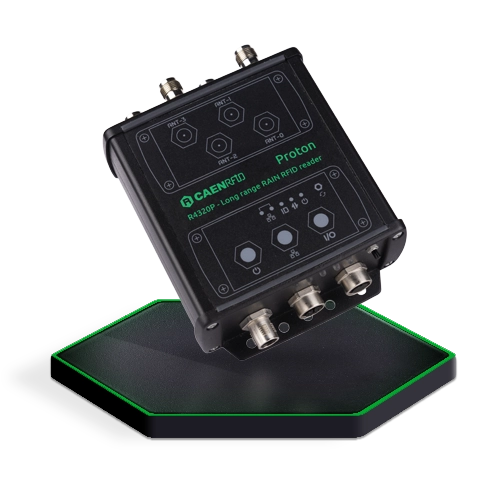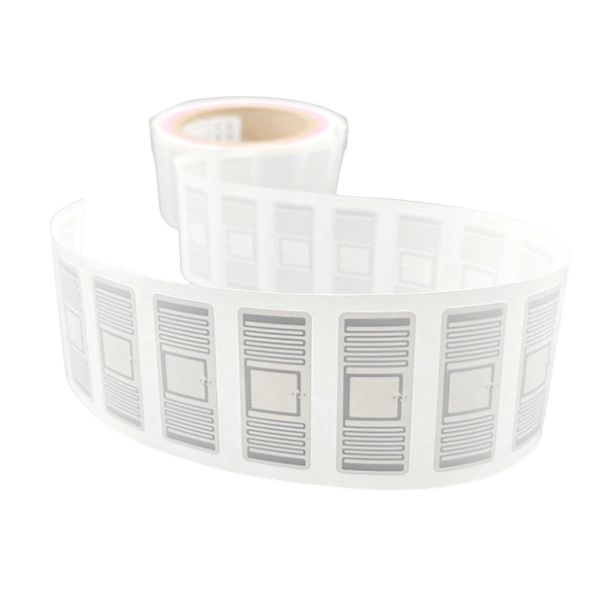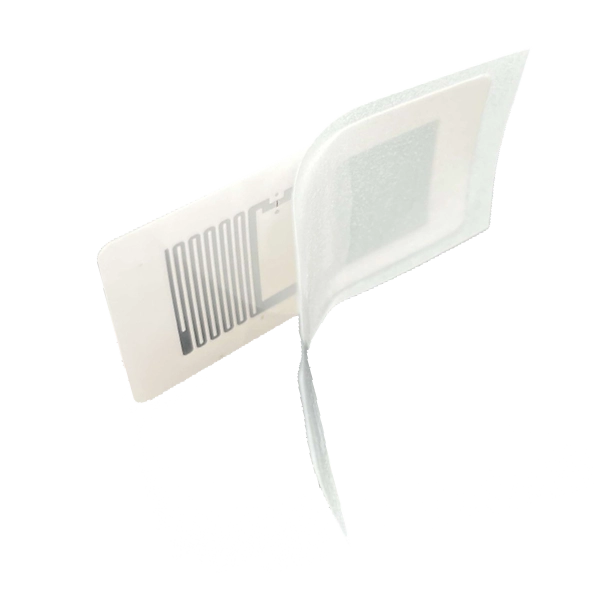What is UHF | RAIN RFID?
RAIN RFID is an industry alliance that promotes the use of UHF RFID technology based on the globally accepted EPC Gen2v2 / ISO 18000-63 standard. The term "RAIN" symbolizes the connection between RFID data and the cloud, as tags "rain" data to connected devices. It supports seamless integration with Internet of Things (IoT) applications, making it ideal for digital transformation projects requiring real-time visibility. Operating in the 860 to 960 MHz frequency range, UHF | RAIN RFID is a globally recognized standard designed for high-performance data transmission and automatic identification in industrial, retail, logistics, healthcare, and many other sectors.
How UHF | RAIN RFID Works – Technical Overview
At the core of UHF | RAIN RFID systems are three main components:
- RFID Tags (Transponders): These small devices consist of a microchip and an antenna. Tags can be passive (powered by the reader signal), semi-passive, or active (battery-powered).
- RFID Readers: These are either stationary readers, reader modules or handheld devices that emit radio waves to power the tags and receive the transmitted data.
- Antenna Systems: The antennas are connected to the readers, which optimize the signal transmission and reception, enabling long-range data collection.
The UHF frequency range enables the reading of tags at distances of up to 12 meters (40 feet), or more, depending on environmental conditions, reader power, and tag design. Data is transferred at high speeds, enabling the simultaneous reading of hundreds of tags (bulk reading), making it ideal for inventory management, supply chain monitoring, and access control.
Advantages of UHF | RAIN RFID
✅ Long Reading Range: One of the most notable features of UHF | RAIN RFID is its capacity to read tags from several meters away without requiring a direct line of sight.
✅ High-Speed Data Capture: UHF RFID facilitates rapid, bulk reading of multiple tags, thereby enhancing efficiency in warehouse and logistics operations.
✅ Cost-Effective for Large-Scale Deployments: Passive UHF tags are a cost-effective and scalable solution for item tracking, making them suitable for applications involving thousands or even millions of items.
✅ Durability and Flexibility: UHF tags are available in a variety of form factors, including labels, hard tags, and on-metal tags, which are ideal for harsh environments.
✅ Cloud Integration and IoT Ready: UHF | RAIN RFID is designed for seamless integration with ERP systems, cloud platforms, and IoT infrastructures, providing real-time data for enhanced decision-making.
✅ Global Standardization: Compliance with international standards is essential for ensuring interoperability across regions and industries.
Challenges and Considerations
❌ Signal Interference: It is important to note that UHF RFID technology is susceptible to interference from metal surfaces, liquids, and electromagnetic fields. This interference can potentially reduce the read range and accuracy of the system.
❌ Privacy Concerns: Tags have the potential to be read without direct user interaction, which raises important privacy and data protection considerations in certain applications.
❌ Higher Infrastructure Costs: While tags are affordable, the initial investment in readers, antennas, and integration can be significant, particularly for large-scale installations.
Typical Applications of UHF | RAIN RFID
- Supply Chain & Logistics: Inventory tracking, automated goods receiving, and shipping verification
- Retail: Stock management, loss prevention, and omnichannel fulfillment
- Healthcare: Asset tracking, patient identification, and medication control
- Defense: Asset tracking, part identification and logistic processes
- Manufacturing: Work-in-progress monitoring and tool tracking
- Access Control & Security: Vehicle identification














